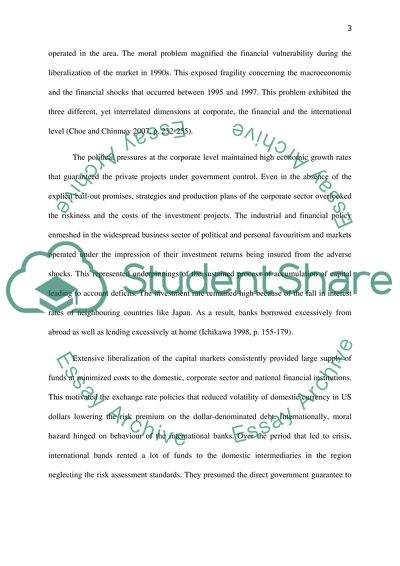Cite this document
(“Bad lending leading to the East Asian crisis in 1990s Essay”, n.d.)
Bad lending leading to the East Asian crisis in 1990s Essay. Retrieved from https://studentshare.org/macro-microeconomics/1402408-bad-lending-leading-to-the-east-asian-crisis-in
Bad lending leading to the East Asian crisis in 1990s Essay. Retrieved from https://studentshare.org/macro-microeconomics/1402408-bad-lending-leading-to-the-east-asian-crisis-in
(Bad Lending Leading to the East Asian Crisis in 1990s Essay)
Bad Lending Leading to the East Asian Crisis in 1990s Essay. https://studentshare.org/macro-microeconomics/1402408-bad-lending-leading-to-the-east-asian-crisis-in.
Bad Lending Leading to the East Asian Crisis in 1990s Essay. https://studentshare.org/macro-microeconomics/1402408-bad-lending-leading-to-the-east-asian-crisis-in.
“Bad Lending Leading to the East Asian Crisis in 1990s Essay”, n.d. https://studentshare.org/macro-microeconomics/1402408-bad-lending-leading-to-the-east-asian-crisis-in.


